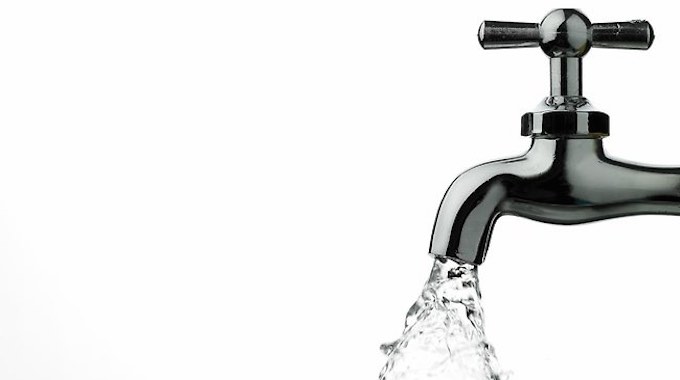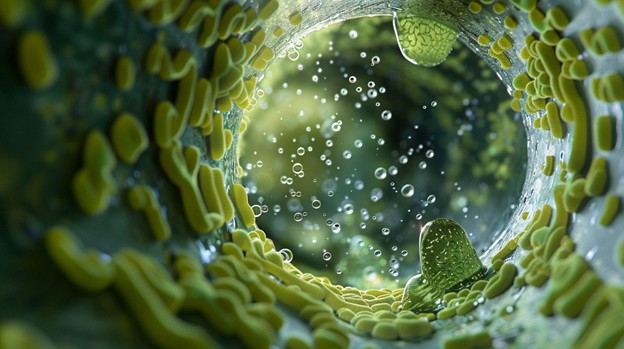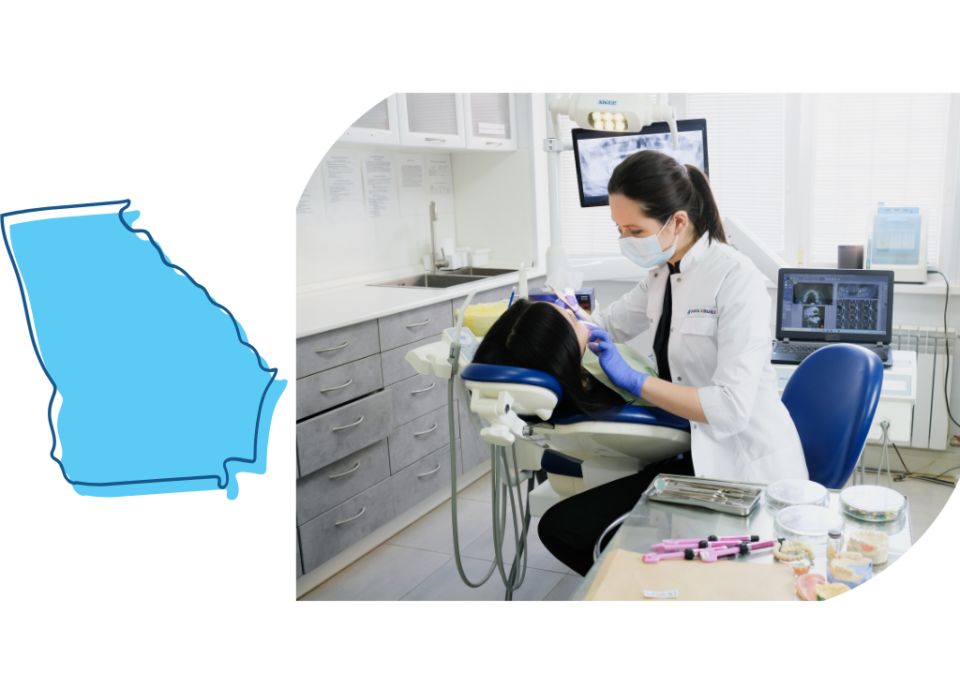Municipal Tap Water

Ultraviolet Dental Waterline Disinfectants – A Dental Healthcare Providers Guide
July 4, 2023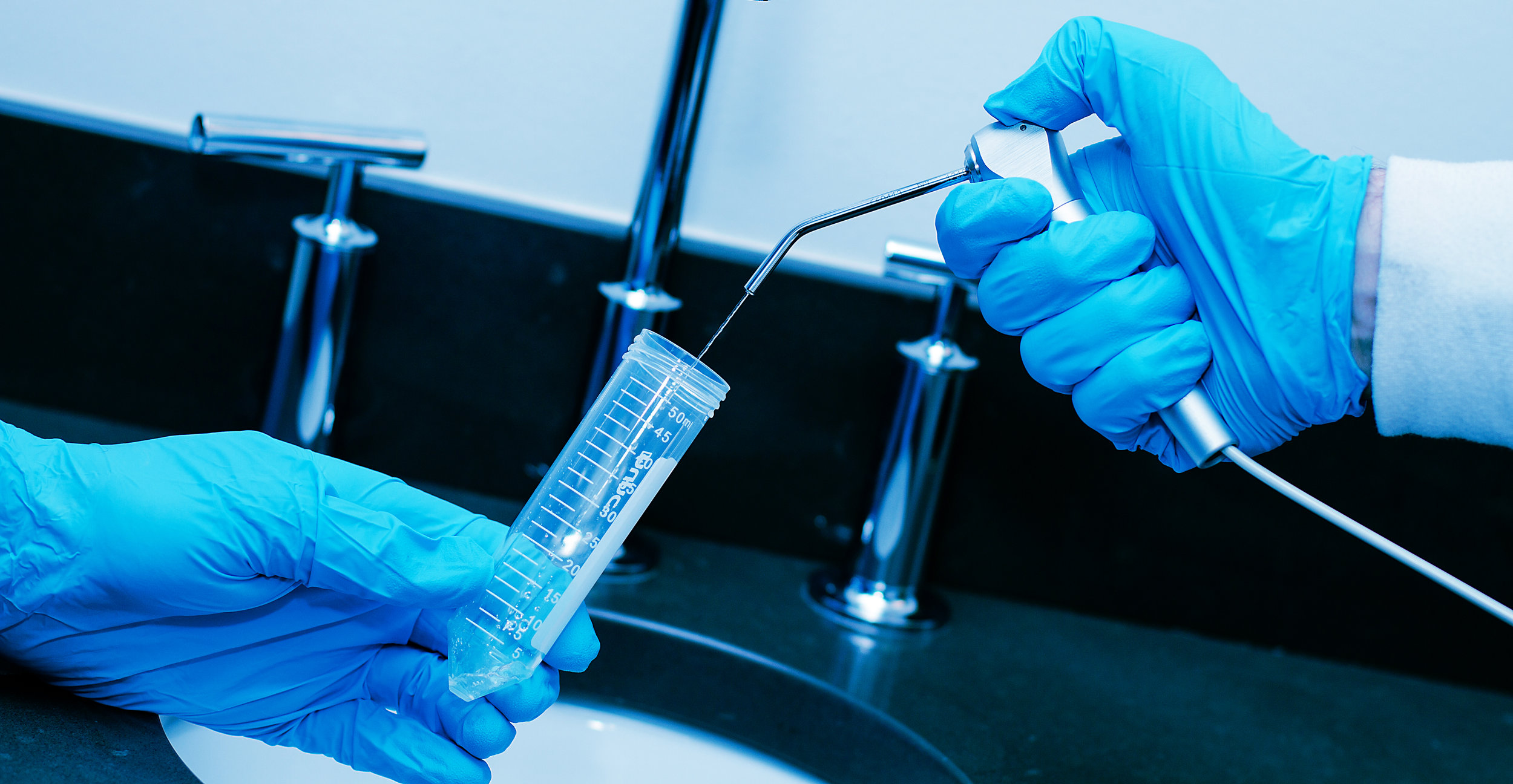
Dental Waterline Testing – A Crash Course in Commonly Accepted Methods
July 6, 2023Municipal Tap Water
Hey you, yeah you, filling that dental bottle at the faucet. How clean do you think that water is? Have you checked to see if there were any boil water alerts lately? Do you have any filtration or purification in place for that supply? Are you assuming that water is clean enough for use in the dental chair, or do you know for sure? I hope you have some sound disinfection protocols in place. If you knew what could be in that water, you might think twice.
When you look deeper into past issues related to pathogens and tap water, the revelations might have you thinking twice about filling that dental bottle at the tap. Independent bottle reservoirs were intended to give practitioners the flexibility to avoid tap water and the potential problems it presents. So why not take advantage of it? Why fill with water from the tap? Doing so would imply that you are either testing routinely or just assuming it is of good quality.
With so much waterline infection control information available, most clinicians know the hard facts that municipal tap water could be contributing to their bacteria problems. Public water works delivering your municipal tap water are prone to contamination and breaches in their own water quality standards. Common events such as a water main break, leak, or drop in pressure, present an opportunity for pathogens to gain access to the public works.

By the Numbers
As of 1971, the Centers for Disease Control and Prevention (CDC), U.S. Environmental Protection Agency (EPA), and the Council of State and Territorial Epidemiologists (CSTE) have been tracking and quantifying these waterborne disease outbreaks in the US. The most interesting insight from the data they provide is that over the 36 year period from 1971 to 2007, “a trend analysis found a statistically significant decrease in the annual proportion of reported deficiencies that were associated with the inadequate or interrupted treatment of water by public water systems[3].

Premises Plumbing
“Health care settings, such as hospitals and nursing homes, were the second most common outbreak location in community systems, highlighting the need for continued vigilance to ensure provision of safe water to locations that serve populations that are more vulnerable, such as hospitalized patients or nursing home residents with preexisting medical conditions[3].”
- American Society for Microbiology
For dental professionals in large healthcare facilities, It is certainly worth considering speaking with building managers about the plans for water treatment within the building. Systems of water quality monitoring and intermittent testing should be in place where the consequences could be serious.
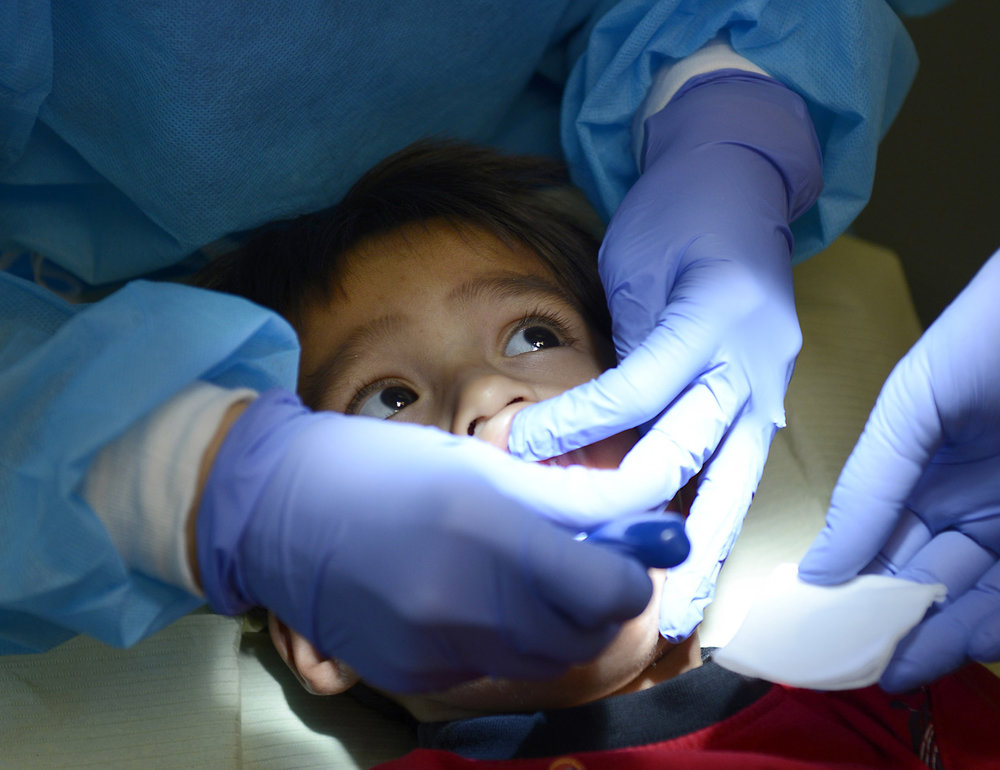
Case in Point
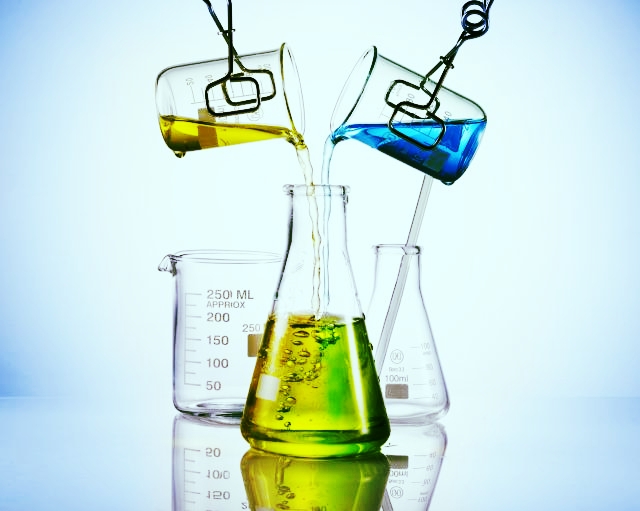
Less is More
Variations in tap water quality are virtually infinite and therefore, tap water should not be relied upon for consistent disinfection results. The presence of municipal additives such as chlorine and fluoride complicates things further if you are trying to manage the chemistry to get the best results. If you don’t, you have a concoction of different chemicals and additives mixing in the waterline. The byproduct of these unwanted mixtures is called “precipitates,” and their presence indicates the diminished effectiveness of whatever you have in the water to control microbes. So what is the solution?

Max Out Your Safety Margin
To attain maximum chemical control, “distilled quality” water works best. We say distilled quality because water from a distiller is not always optimal for dental water. The nature of distillation requires that you heat the water to remove impurities. This hot distillate is now primed for recolonization by bacteria. Without immediate waterline treatment, this water will most assuredly be contaminated by the time it reaches the dental bottle. Distillers themselves are often the source of contamination for many offices as once the storage tank is contaminated, the water is then distributed along with the bacteria to the entire office.
The best strategy is a point-of-use purification system using deionization to remove all the impurities without heating the water. Ultraviolet disinfection can then be employed to drastically lower the existing bacterial load with proven effectiveness[5]. The water would then receive a low concentration of a residual disinfectant. The final product is water that is neutral in pH, contains less than 10ppm total dissolved solids, disinfected, and contains some variety of residual disinfectant.

No Excuses
Attaining and utilizing distilled quality water is easier and more affordable than ever. It’s use protects the dental practice from potential contamination within the public treatment works of which there are numerous cases which have tap water as a contributing factor. Steer clear of distillers, they are often contaminated and are more work to maintain than their deionization counterparts. Distilled water is an essential building block of a successful disinfection protocol.
References
1. Ingerson-Mahar, M.; Reid, A. Microbes in Pipes: The Microbiology of the Water Distribution System A Report on an American Academy of Microbiology Colloquium; ASM Academy: Boulder, CO, USA, 2012; p. 26.
2. RamÃrez-Castillo, Flor, et al. “Waterborne Pathogens: Detection Methods and Challenges.” Pathogens, vol. 4, no. 2, 2015, pp. 307–334., doi:10.3390/pathogens4020307.
3. Craun, Gunther F., et al. “Welcome to CAB Direct.” CLINICAL MICROBIOLOGY REVIEWS, vol. 23, no. 3, July 2010, pp. 507–528., www.cabdirect.org/cabdirect/abstract/20103246391.
4. Peralta, Gianna, et al. “Morbidity and Mortality Weekly Report (MMWR).” Centers for Disease Control and Prevention, Centers for Disease Control and Prevention, 25 Aug. 2017, www.cdc.gov/mmwr/volumes/65/wr/mm6513a5.htm.OSAP - Dental Unit Waterlines
5. UV Dose Required to Achieve Incremental Log Inactivation of Bacteria, Protozoa and Viruses Gabriel Chevrefils, B.Ing,2 and Eric Caron, B.Sc.2




